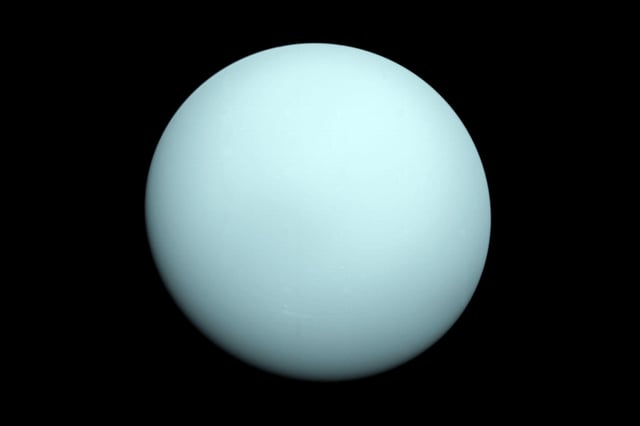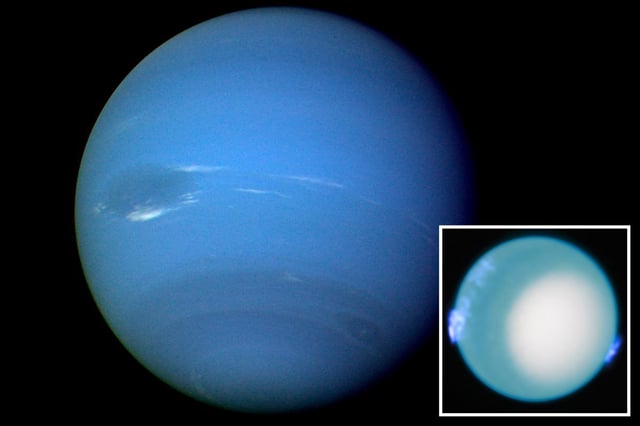Overview
- Uranus emits 12.5% more internal heat than it absorbs from the Sun, overturning decades of assumptions from Voyager 2’s 1986 flyby.
- Heat output varies dramatically with the planet’s 20-year seasons, driven by its extreme axial tilt.
- The ice giant still radiates far less heat than Jupiter, Saturn and Neptune, each of which emits more than 100% of the solar energy they receive.
- Researchers integrated 84 years of global energy balance observations with computational models to reveal the planet’s heat budget and seasonal variations.
- Findings strengthen the case for dedicated NASA missions to probe Uranus’s interior and refine giant-planet formation theories.

